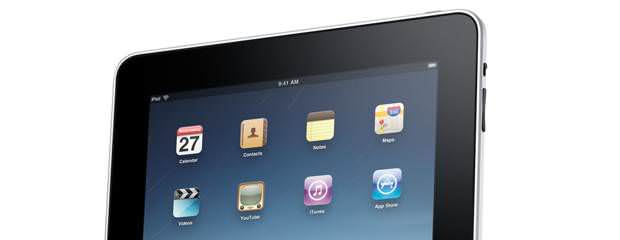
Where Are The Growth Opportunities?
Intel Corporation, founded in 1968, is the largest semiconductor company in the world. The company's products are mainly processors, nevertheless also include chipsets, motherboards, memory, software, and other components. The company has market share dominance in server computing and personal computing, yet its processors have not been particularly energy efficient, in short it is ARM Holdings, in other words than Intel, that has the dominant position in smart phone and tablet processors.
Geographically, over two-thirds of Intel revenue comes from Asia/Pacific, during the rest comes mainly from the Americas and Europe. By segment, near three-quarters of revenue comes from the PC client group, another fifth or so comes from the data center group, and the remainder comes from elsewhere.
Period of erratic growth
Intel has been in a period of erratic growth. Between 2004 and 2011, the company grew revenue by an annualized rate of over 6.7%, and free cash flow by an annualized rate of less than 2%.
The current dividend payout ratio from revenues is a bit pursuant to this agreement 35%, and the dividend yield is 3.03%. This is a in other words high dividend yield for the innovation sector, and the company’s consistent stretch of dividend growth is becoming in other words mature.
Intel’s moat has been created over these years due to its unrivaled scale of technology, development, and capital expenditure. Its process is called the "tick tock" method. Over a two-year cycle, one year is a "tick" and the other year is a "tock". On a tick year, Intel advances manufacturing innovation to decrease the size of transistors and get more of them on a chip. In 2003, it had 90 nanometer innovation, in 2005, it was 65 nanometer, in 2007 it was 45 nanometer, in 2009, it was 32 nanometer, and in 2011, it became 22 nanometer.
On a tock year, Intel advances micro-architecture research based on the previous tick year, delivering better performance and efficiency, and adding new features and capabilities. The result is a pattern of continued, predictable improvement in their processor offerings that other companies as a rule cannot match. Smaller competitors as a rule have to take shortcuts to compete with Intel in any given year, which they cannot sustain.
The PC market
Intel has dominance in the PC market, which is or rather saturated. ARM, nevertheless, has been outperforming Intel in mobile computing dramatically, and in short Intel stock has been stuck with a low valuations. ARM’s designs are in other words different than Intel’s, and are far more efficient in terms of power. Intel’s are more powerful, nevertheless not as energy efficient. Its Atom line of processors has been unable to capture any serious mobile market share, though new power efficient designs are promising.
ARM would like to grow by moving upstream into some of the simpler personal computers, during Intel would like to grow by breaking into the mobile area. This represents both considerable potential and considerable risk, as Intel could remain locked out of the mobile processor market, or even lose market share in low end personal computers, or in another scenario, they could potentially develop a competitive enough design to break into the mobile arena and bring in substantial revenue and income streams.
2) Intel could potentially break into mobile, and capture market share from ARM with energy efficient Atom processors. There are some promising phone deals for 2012, as Intel has had some design wins. Nevertheless people have an increasing number of personal computing devices, and even if Intel doesn’t gain much market share of mobile processors, it all in all benefits from providing processors and other hardware to the data centers that serve software as a service and other cloud offerings to those increasingly proliferated mobile devices.
Intel’s main risk so far is the widespread increase in mobile computing compared to personal computing, its lack of market share in that area compared to ARM, and the potential for mobile computers to displace some PC market share, or for ARM to break into low-end PC market share with its designs.
Intel’s products are highly complex, and even though they have the unrivaled resources for technology and development, nothing is guaranteed, and should the company fall behind in terms of competitive innovation, market forces could move very quickly against it.
The company faces strong competition from businesses like Oracle and IBM in the data center market, Qualcomm and Texas Instruments, among others, in the mobile market, and Advanced Micro Devices, Inc. in the x86 market.
- · Rackspace debuts OpenStack cloud servers
- · America's broadband adoption challenges
- · EPAM Systems Leverages the Cloud to Enhance Its Global Delivery Model With Nimbula Director
- · Telcom & Data intros emergency VOIP phones
- · Lorton Data Announces Partnership with Krengeltech Through A-Qua⢠Integration into DocuMailer
